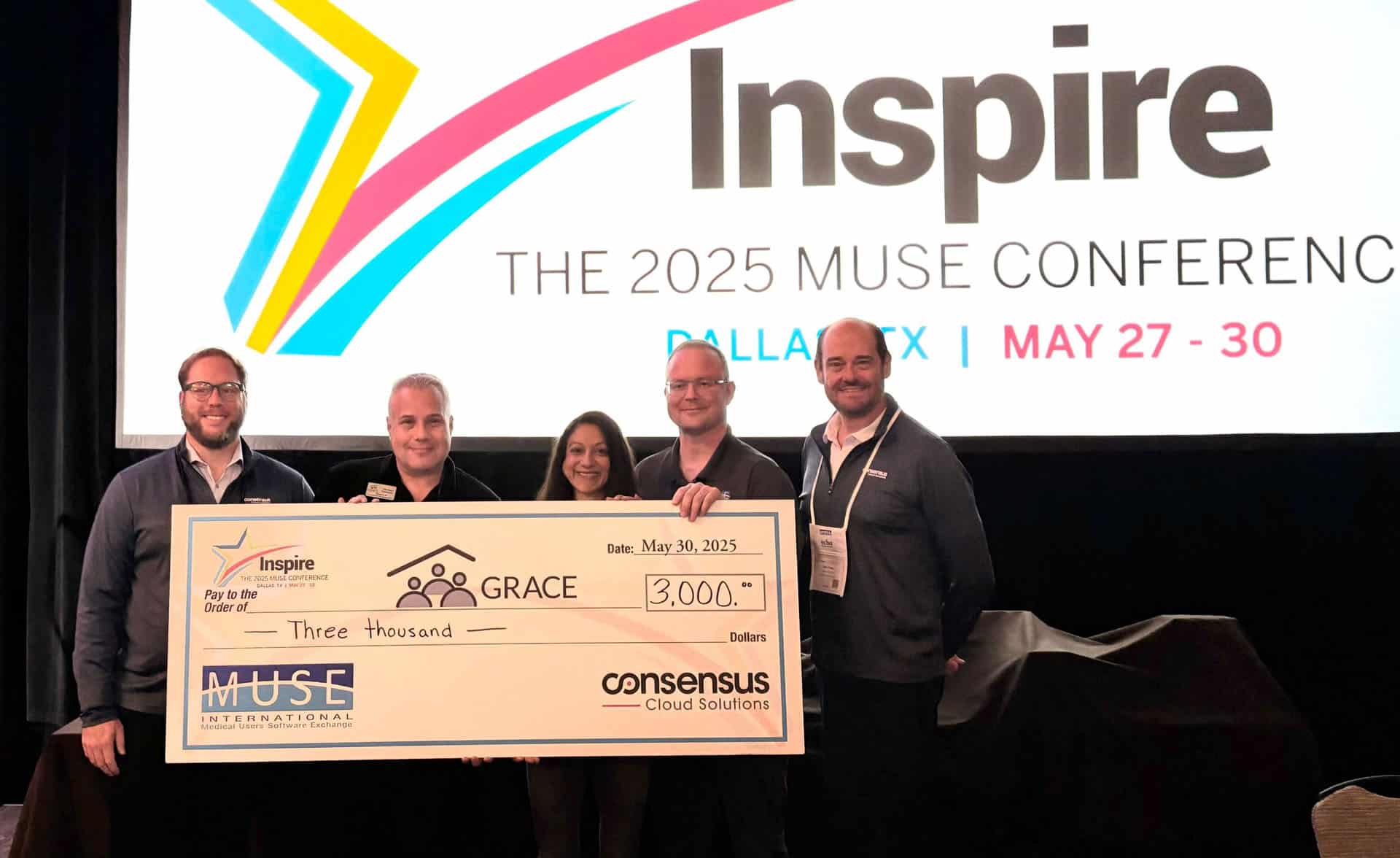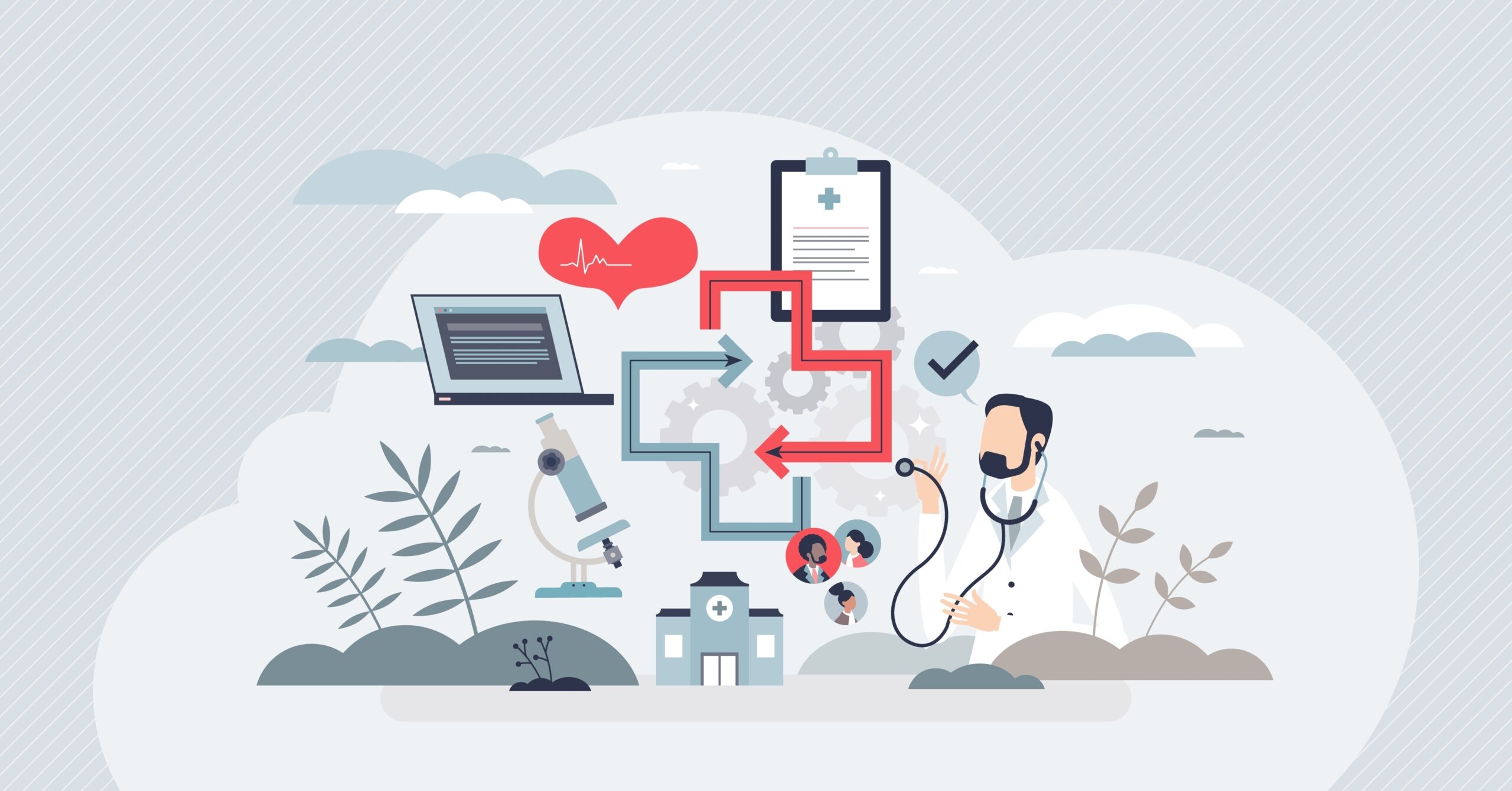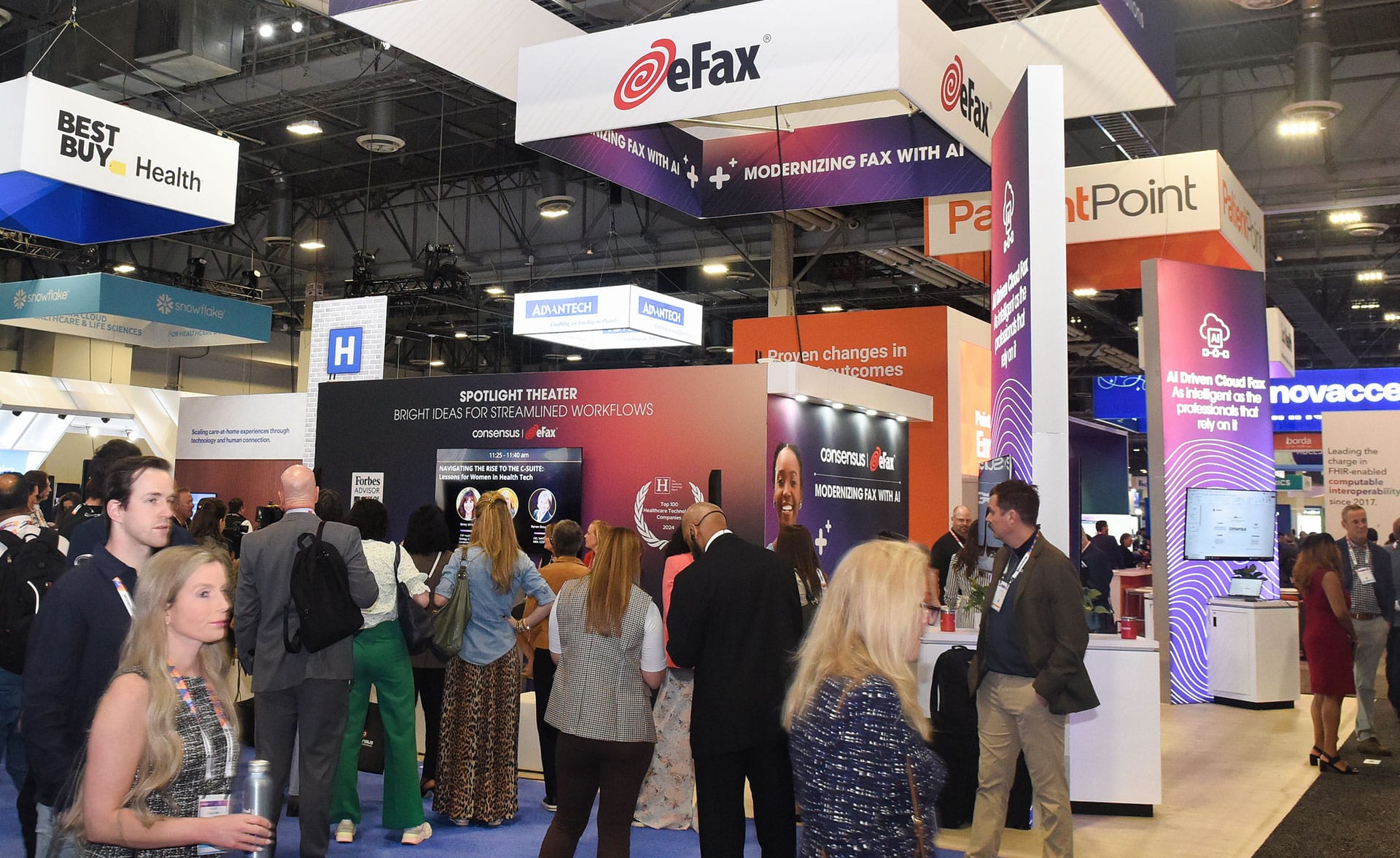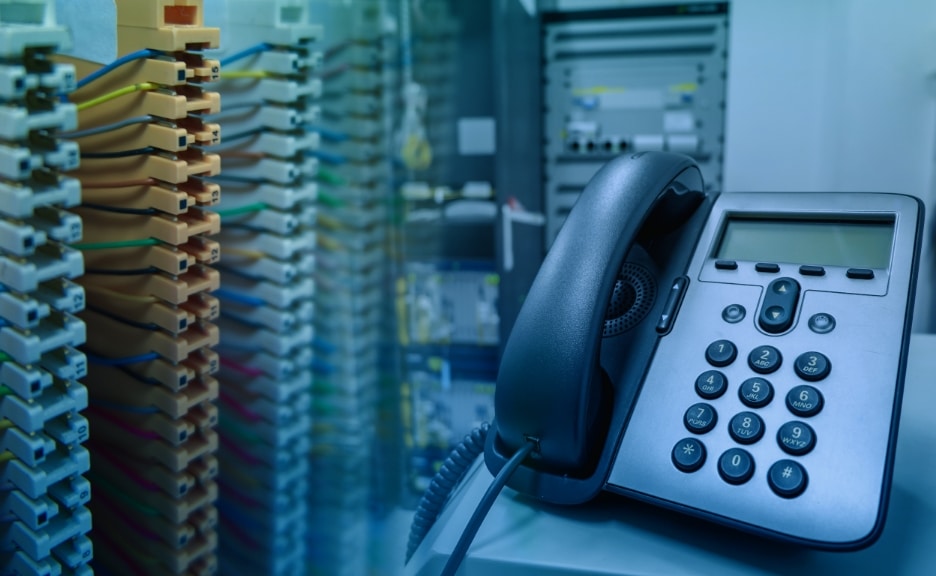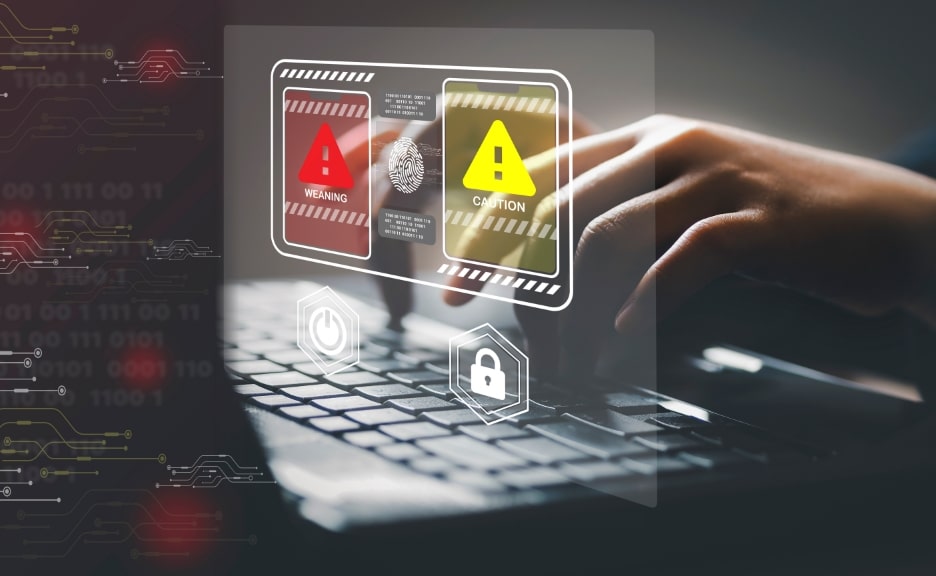
A 78-year-old Medicare patient is discharged from the hospital to a skilled nursing facility (SNF) after hip surgery. The hospital’s electronic health record (EHR) system contains detailed notes about her new medication regimen, her mobility restrictions, and a pending cardiac consultation.
But when she arrives at the SNF two hours later, her care team receives a 47-page fax, half-illegible and missing key sections. Buried somewhere in the pile is a critical medication change that could prevent a dangerous drug interaction.
This hypothetical scenario plays out daily across America’s 15,000 skilled nursing facilities. Despite the fact that a 2023 HHS report suggests roughly 80% of SNFs use EHRs, they remain largely disconnected from the broader healthcare ecosystem. While hospitals and physician practices have spent the last decade building sophisticated data highways, SNFs are still navigating dirt roads, relying on fax machines, phone calls, and manual data entry to coordinate care for some of our most vulnerable patients.
How did we get here? More importantly, what can SNFs do today to bridge this dangerous gap without waiting for another decade of policy changes or replacing their entire technology infrastructure?
The Policy Gap That Created Today’s Crisis
The HITECH Act in 2009 pumped $35 billion into digitizing American healthcare. Hospitals and physician practices received generous incentives to adopt EHRs and demonstrate “meaningful use.” The vision was a seamlessly connected healthcare ecosystem.
But skilled nursing facilities were left out entirely.
Long-term and post-acute care providers, including SNFs, were excluded from federal EHR incentive programs. They weren’t “eligible providers” under Meaningful Use, meaning no financial incentives, no mandates, no policy pressure to build interoperable systems.
The ripple effects were profound. Without external incentives or funding, SNFs did what they could afford: they bought EHRs for internal operations, such as documentation, billing, and compliance, but couldn’t justify investing in interoperability infrastructure their hospital partners were building with federal dollars.
Today’s numbers reveal this two-track evolution. The 80% of SNFs now using electronic health records matches primary care adoption rates. This looks like success, but adoption isn’t connection. Despite high EHR use, interoperable data exchange remains rare in SNFs. Key capabilities remain frustratingly low:
- Finding: SNFs can’t electronically query external health records.
- Sending: Clinical data still travels by fax instead of secure electronic exchange.
- Integrating: Outside information requires manual re-entry rather than flowing directly into EHRs.
When hospitals discharge patients to SNFs, information travels by fax, not secure electronic exchange, even when both facilities have sophisticated EHRs. Operating on thin margins with limited IT resources, SNFs struggle to optimize existing systems, let alone invest in interoperability. Few have budgets for training, IT staff, or workflow redesign. Data stays siloed within each SNF’s system.
The result is a healthcare system where acute care providers speak digital fluently while SNFs translate between incompatible systems using fax machines. More than a decade after HITECH, this policy exclusion has created a care coordination crisis affecting millions of Americans each year.
The Human Cost of Disconnected Systems
The most recent data available shows that nearly one in four patients transferred from hospitals to SNFs will be readmitted, significantly higher than the 17% overall Medicare readmission rate. Behind each readmission often lies a preventable communication failure.
A national survey of 471 SNF-hospital pairs revealed the scope of the problem. Key patient information routinely goes missing during transitions: functional status, mental/behavioral assessments, and even basic contact information for hospital clinicians. When information does arrive, it’s often too late, landing after the patient has already been admitted. Even then, discharge documents are frequently difficult to use, buried in duplicative content that staff must manually sift through.
Here’s what SNF staff experience daily:
- Inaccurate or untimely communication, leading to preventable adverse events during care transitions.
- Missing medication lists, leading to dangerous drug interactions.
- Absent lab results, delaying critical treatments.
- Incomplete advance directives, resulting in care that contradicts patient wishes.
Consider the complexity: SNF patients aren’t just recovering from single procedures. They’re often managing multiple chronic conditions, recovering from major surgeries, and taking numerous medications. When a crucial detail — a dosage change, an allergy, baseline cognitive status — doesn’t make the journey from hospital to SNF, the consequences compound quickly.
Poor data exchange across settings leads directly to lower-quality care, increased errors, and avoidable readmissions. These aren’t just IT problems — they’re human problems affecting vulnerable patients at their most vulnerable moments.
The Hidden Burden on SNF Staff
In 2021, about 70% of healthcare providers still used paper faxes to exchange medical information — and SNFs are among the most fax dependent. Each faxed document arrives as unstructured data that must be printed, scanned, filed, or manually keyed into the EHR. If hospitals use secure web portals for referrals, SNF staff must log into multiple separate systems and then retype or print the information rather than having it flow directly into their charts.
These burdens impact both patients and healthcare workers. A 2016 study found that for every hour a physician spends with a patient, they have two hours of administrative tasks. This is time spent chasing information, leaving voicemails for other clinicians, checking fax machines, and navigating redundant portals. Every hour consumed by administrative tasks is an hour stolen from direct patient care.
Manual processes also impact operations. Rekeying data from faxes introduces typos and errors that propagate through patient records. Staff must double-check everything, adding reconciliation tasks to already overwhelming workloads. Up to 30% of the nation’s total healthcare spend goes to administrative tasks like data entry and paperwork — a particularly painful statistic for SNFs operating on razor-thin margins.
The compliance risks are equally serious. Aging fax systems and manual workflows create multiple HIPAA vulnerabilities:
Traditional fax machine vulnerabilities
- Misdialed numbers sending PHI to the wrong recipients
- Papers left on machines exposing patient information
- Unattended documents accessible to unauthorized staff
- No encryption or access controls
Dangerous staff workarounds when systems fail
- Staff using personal email or texting for patient data
- Shared passwords for multiple portal logins
- Printed records left unsecured on desks
- Violation of privacy rules through informal communication channels
For SNF staff already stretched thin, the burden of maintaining these broken systems while ensuring compliance and quality care has become unsustainable.
Why “Rip and Replace” Isn’t the Answer
The typical SNF operates on limited budgets and slim margins, making wholesale EHR replacement impractical. Unlike large hospital systems with dedicated IT departments and capital budgets, many SNFs cannot afford the high costs of purchasing and implementing new systems. An EHR transition involves not only licensing fees but also data migration, configuration, training, and potential billing disruptions — expenses that are prohibitive for resource-strapped facilities.
The operational risks are equally daunting:
- Workflow disruptions in 24/7 care environments that can’t afford downtime
- Productivity losses from staff learning curves that hurt documentation accuracy
- Regulatory compliance gaps during transitions when continuous requirements must still be met
- Limited IT expertise on-site to manage complex system overhauls
- Training resource shortages that make even basic optimization challenging
There’s also the issue of specialized functionality. SNFs use EHR platforms tailored to post-acute workflows supporting MDS assessments, care plans, and PDPM billing. Switching to a hospital-focused EHR might sacrifice critical long-term care functionalities or require costly customization. Some SNFs are part of larger chains mandating particular EHRs, further limiting choices.
“Rip and replace” is too costly and risky for most SNFs. Instead, the industry consensus has shifted to layering interoperability solutions on top of existing EHRs to bridge gaps to meet SNFs where they are rather than demanding they start over.
Making Existing Systems Work Together
Interoperability in SNFs requires additive solutions that don’t disrupt current systems. The most practical approach: modern cloud platforms that bridge disconnected systems while preserving existing workflows.
eFax Unite™ exemplifies this strategy. The platform centralizes fax, Direct Secure Messaging, and HIE networks (Carequality/CommonWell under TEFCA). Staff use familiar interfaces while the platform manages the technical complexity: delivering Direct messages to hospital EHRs, querying HIE networks, routing structured documents into the SNF’s system. Instead of juggling five hospital portals, staff have one workflow for all communications.
Modern platforms leverage AI and OCR to transform tedious tasks. Incoming faxes such as labs, referrals, and discharge summaries are automatically parsed for demographics, medications, and diagnoses, then converted into structured CDA/CCD files. This eliminates manual data entry and ensures information lands in the right patient record instantly. These platforms also provide encryption, access controls, and full audit trails and ensure HIPAA-compliant sharing through direct messaging and standardized APIs, replacing the vulnerabilities of legacy fax.
Platforms like eFax Unite solve today’s problems with tools that work with existing systems while building toward tomorrow’s fully connected ecosystem.
Bridge the Gap Today
While policymakers debate long-term solutions and industry standards evolve, SNF patients and staff can’t afford to wait.
The good news: You don’t have to. Solutions like eFax Unite offer a practical bridge between today’s fragmented reality and tomorrow’s connected healthcare ecosystem. By working with your existing systems rather than replacing them, these platforms deliver immediate improvements in care coordination, staff efficiency, and compliance readiness.
Every day of delay means more preventable readmissions, more burned-out nurses, more compliance risks. But every SNF that takes action today becomes part of the solution — proving that post-acute care facilities can lead rather than lag in healthcare’s digital transformation.
Ready to stop waiting and start connecting?
Learn how eFax Unite can bridge your interoperability gap without disrupting your operations. See how other SNFs are already transforming their care transitions and reducing readmissions. Request a demo of eFax Unite →











